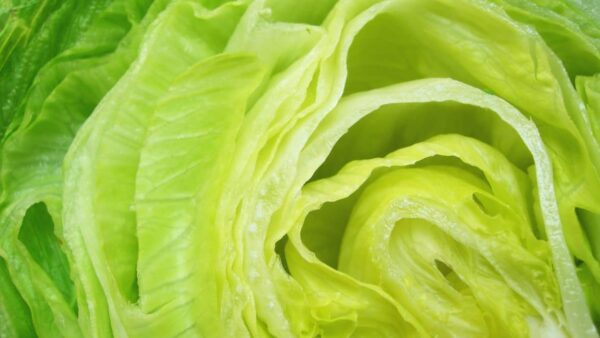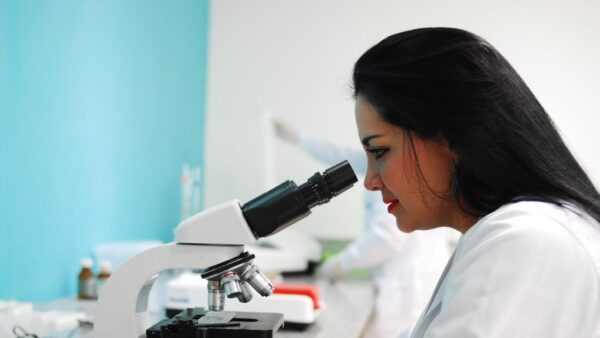Using bioinformatic data analyses, an international team of scientists could discover thousands of mobile messenger RNAs.
In a research study at Germany’s Max Planck Institute of Molecular Plant Physiology, seedlings were used for root-shoot heterografting in various combinations. Two weeks after grafting, DNA and RNA of leaves and roots were isolated and subjected to sequencing.
“By analyzing the obtained sequence data, we could identify 2,006 genes that produce mobile mRNAs,” says researcher Friedrich Kragler.
The scientists report that plants use mobile mRNAs as signal molecules to coordinate growth processes as well as adaptation to environmental stresses in distant tissues.
Grafting is commonly used in viticulture and fruit cultivation to combine characteristic traits of two varieties. Nevertheless, the underlying genetic determinants are often unknown.
“Knowing the identity of mobile mRNAs that move from roots into flowers will help us to understand why certain graft combinations e.g. used widely by plant breeders with grapevines, tomatoes or with apple trees are beneficial or detrimental for fruit production,” Kragler says.
More information is available at http://www.mpimp-golm.mpg.de/1983244/From_leaf_to_root_-_messenger_RNAs_are_long-distance_travellers.












